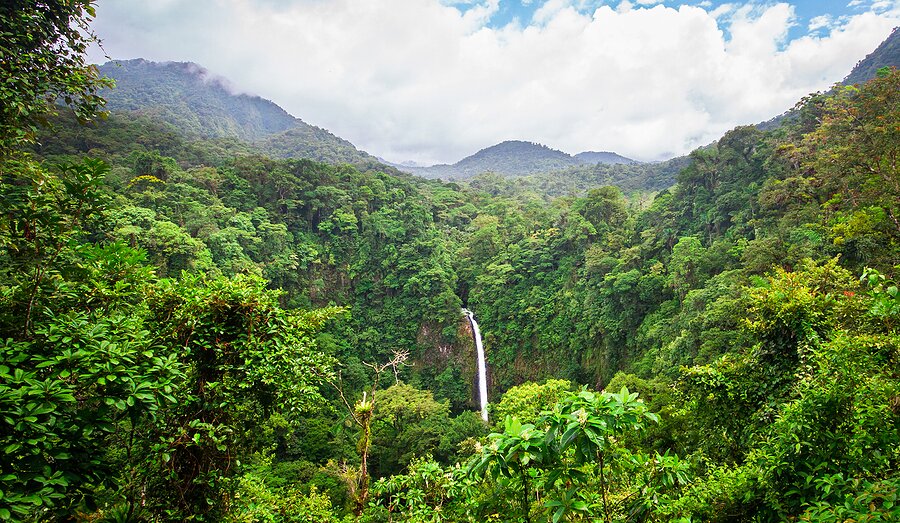In a twist that might make a sloth sprint, Costa Rica’s lush forests, while impressive, are falling short in the battle against climate change. The 2023 State of the Nation Report reveals a hard truth: Costa Rica’s forests, though expanding, can’t shoulder the burden of climate change alone. It’s like expecting a single umbrella to keep an entire soccer team dry during a downpour.
Forests: The Green Crusaders with Limitations
Costa Rica’s forests are like natural air purifiers, but they’re struggling to keep up with the greenhouse gases we’re pumping out. The report points out that forest degradation is reducing their ability to gobble up carbon emissions. The energy sector, agriculture, industrial processes, and solid waste are throwing more at the forests than they can handle.
More Than Just a Tree Hugger’s Problem
The issue isn’t just about loving trees; it’s about revamping our energy habits. The transportation sector, still cozy with fossil fuels, needs an electric shock of change. The report nudges towards a shift in energy and agricultural practices and pokes at the sluggish adoption of electric vehicles.
Positive Green Strides
But it’s not all gloom and doom. The report applauds Costa Rica’s green cover, covering 57% of the national territory in 2022, and the consistency of protected wild areas. The expansion of payment schemes for environmental services also gets a nod, marking a 760% increase after a two-year slump.
Karen Chacón Araya’s Environmental Insights
Karen Chacón Araya, the environmental chapter researcher, reminisces about Costa Rica’s long-standing conservation efforts. The rebound from the deforestation spikes of the 1950s and 60s is a tale of triumph. Yet, she points out, the forests, though carbon positive, are not enough to tackle the entire climate crisis.
The Forest Degradation Conundrum
The report dives into forest degradation, an unseen villain causing a dip in carbon storage capabilities. Chacón emphasizes that to truly aim for decarbonization, Costa Rica must tackle energy and agriculture sectors head-on.
Wildfires: The Unseen Enemy
Adding fuel to the fire, literally, are the increasing forest wildfires. In 2022, these blazes affected over 43,000 hectares, nearly doubling from 2021, further hampering the forests’ ability to combat carbon emissions.
A Call for Wider Action
The report is clear: leaning on forests alone is like trying to bail out a boat with a teaspoon. It’s time to rethink energy usage, water resources, and agricultural land use. Stagnation in these areas is essentially backpedaling on environmental progress.
The Threat to Marine Life and Species
The increase in protected areas doesn’t shield the growing number of threatened species or the deteriorating health of the oceans. The report warns of a rise in total fishing hauls, further stressing marine ecosystems.
Franz Tattenbach Capra’s Reality Check
Minister of Environment and Energy, Franz Tattenbach Capra, admits the forests’ limitations. But he’s quick to defend their value, arguing that if the world followed Costa Rica’s lead in taxing fossil fuels for reforestation, we’d be in a greener place. He points to sustainable agro-landscapes and energy initiatives as part of the solution.
Budget Constraints
The conservation efforts are like a car running on fumes – there’s just not enough budget. Sinac’s budget cuts have led to a 70% decrease in hours dedicated to protecting natural assets.
A Collaborative Future
The solution may lie in a joint effort involving international funding, private enterprise, and civil society. It’s about getting everyone on board, from big corporations to the average Joe.
So, Costa Rica’s forests, while doing their best, need a bit of help from their friends – us. It’s about making changes in how we use energy, get around, and grow our food. With a collective push, maybe we can turn Costa Rica’s forests from climate change sidekicks into superheroes.


1 comment
[…] Source link […]